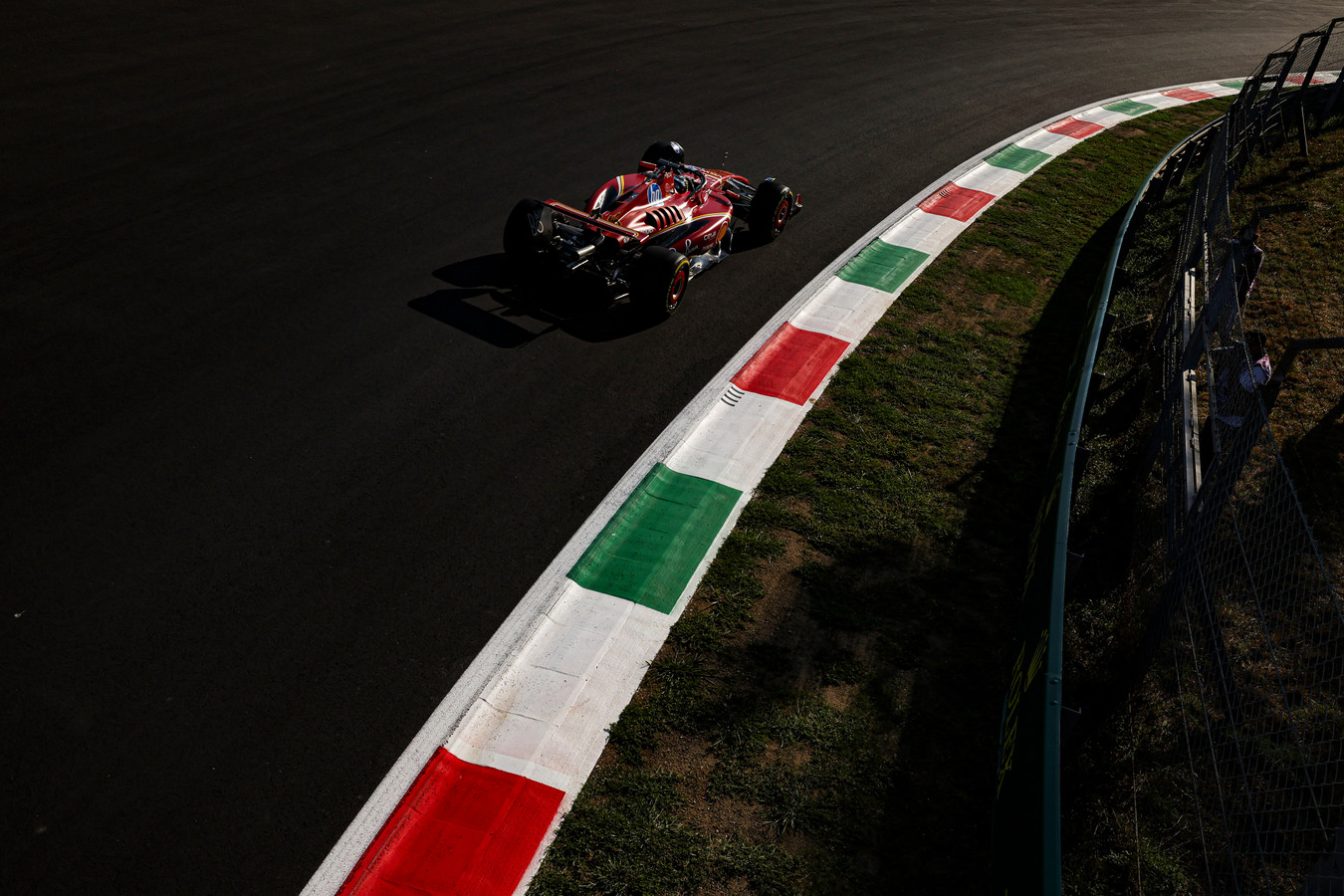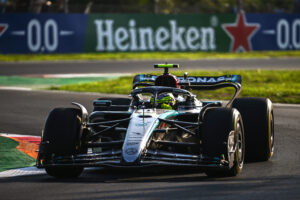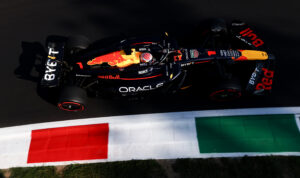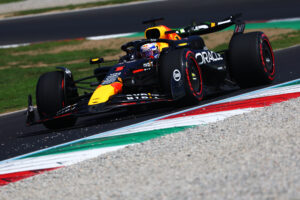Monza track changes compromise the speed of the circuit and spark upset from drivers, who worry about the character of the historical track.
New and improved?
Monza is one of the oldest tracks on the calendar, the Monza circuit holds a lot of history. Built in 1922 and added to the F1 calendar in 1950, Monza is known for its high-speed corners and straights. It’s universally known as “The Temple of Speed”. And while it isn’t perfect, unique elements undoubtedly make it one of a kind. So any track changes would come as a surprise, considering its age and staying power.
But going into this Grand Prix weekend, the drivers were informed that certain changes were made to this historical track. For example, the kerbs were flattened and the track itself was completely resurfaced. Additionally, extra small strips of gravel were added in the runoffs of the first and second chicane.
While these improvements were meant to facilitate easier racing, many drivers worry that the changes have affected the once-unique character of the circuit. Especially considering the other races on the calendar. Within the context of the newer tracks, it makes sense why the circuit would make those improvements. It’s an attempt to compete with the newer tracks and faster racing. But as Daniel Ricciardo said, there’s merit to maintaining the “old-school” tracks among the current modern, street track-heavy calendar.
What about the kerbs?
As many drivers have asserted, kerbs are an essential part of the race experience. They give drivers an idea of how much of the track they can use going into and out of corners. While the original challenge of Monza was all speed and occasional, abrupt corners, it’s now been slowed. Ultimately, this allows the drivers to use more kerb, making certain corners slower and easier.
A change to the track is also a change in timing. The use of the kerbs — how much the drivers go over them or don’t — could have significant changes to lap times. As the kerbs dictate so much about a race track, it’s highly possible that the pace of each lap itself will slow down. It’s something to look out for come qualifying.
The most notable kerb alteration is evident at the Ascari chicane, as many drivers pointed out. But kerb changes were made at Rettifilio and Roggia chicanes as well. The track also had many bumps and imperfections which, strangely enough, the drivers were disappointed to see go.
The most noticeable change, though, is the complete repaving of the entire track. It’s the most eye-catching element. And although it looks shiny and new, it lacks the grip that is necessary for the tyres during qualifying and the race. In FP1 and FP2, we saw some drivers struggle with this feature. Such as new Williams driver Franco Colapinto, who spun into the gravel, but was able to prevent a crash.
Driver upset
George Russell and Daniel Ricciardo had the most grievances with the Monza track changes and how they will affect racing. Most of the drivers’ concerns lie with the frustration of not being consulted before the changes were made. After all, they’d been driving on the original track and were used to it. Now, important details have been added and subtracted that might not have a positive impact on the race. And they were only told on Thursday.
Ricciardo mentioned that the circuit in Montreal had previously consulted the drivers as to the changes they were making. This resulted in track improvements and a better race experience overall. Why couldn’t Monza have done the same?
The drivers mostly agree that while they don’t want to jump to negative conclusions, the changes, so far, prove to be a bit disappointing. Many, like Alex Albon, have commented on how the track has lost much of its character. And while we can’t tell yet how much the weekend will suffer or improve because of these changes, one thing is certain. The Temple of Speed just got a whole lot slower.






